
by Howard Penrose, Ph.D., CMRP | Jan 23, 2021 | Electrical Reliability, Motors & Drives
In Part of this series (Jan. 16, 2020, link below), we discussed a few basics of supervised machine-learning (ML) systems, including typical steps to the development of an ML solution. In this second installment, we take a brief look at the types of algorithms used in...

by Howard Penrose, Ph.D., CMRP | Jan 16, 2021 | Electrical Reliability, Motors & Drives
We’ve heard the terms “Machine Learning (ML)” and “Artificial Intelligence (AI)” a lot over the past few years. Even the term “Neural Networks” has entered into the marketing language of the moment. The concepts behind these terms...

by Howard Penrose, Ph.D., CMRP | Jan 9, 2021 | Electrical Reliability, Motors & Drives
In this article, we use Electrical Signature Analysis (ESA) to evaluate a drive-end bearing in a 1210 rpm, 1.5 MW, 690 Vac wind-turbine generator. The problematic 6330M bearing was found during routine analysis of a wind-power site. One of the challenges of projecting...

by Howard Penrose, Ph.D., CMRP | Jan 3, 2021 | Electrical Reliability, Motors & Drives
In some cases, a significantly greater set of data is required to make improvements to a troubled system. When using individual technologies, most technicians are looking for single problems that relate specifically to the selected technology. Consequently, they will...
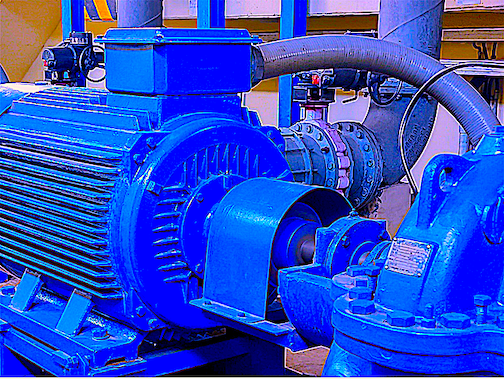
by Howard Penrose, Ph.D., CMRP | Dec 20, 2020 | Electrical Reliability, Motors & Drives
A loose base is a common electric-motor consideration in new applications and following the aging of a motor-system application. In this case study we explore the use of Electrical Signature Analysis (ESA) and motion amplification to discover the issue and confirm the...
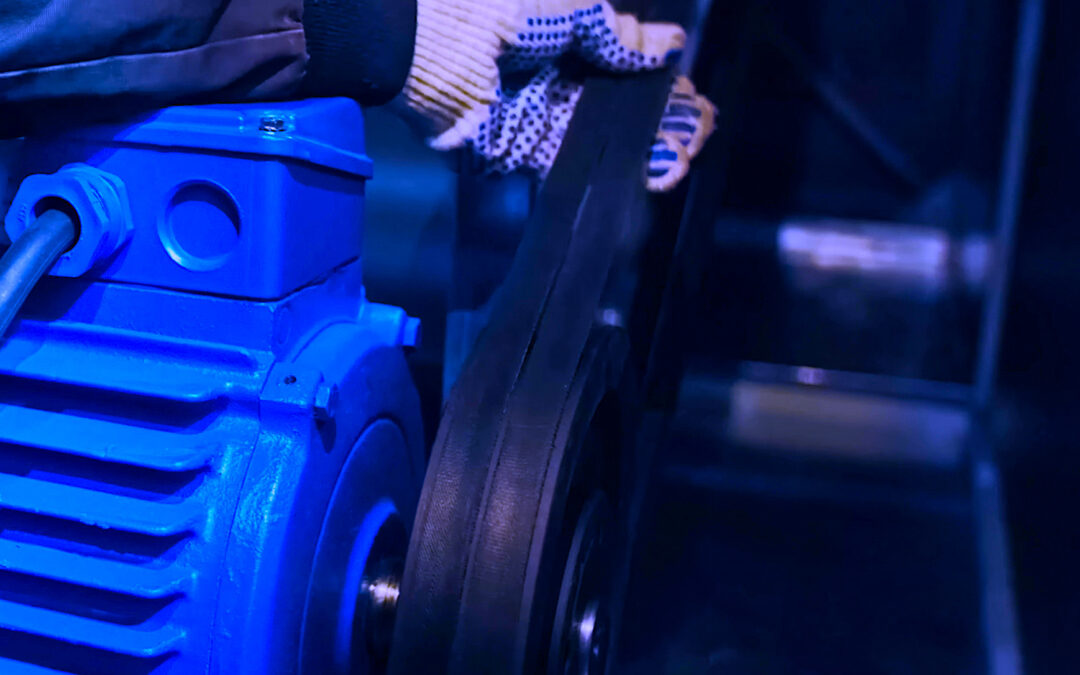
by Howard Penrose, Ph.D., CMRP | Nov 29, 2020 | Electrical Reliability, Motors & Drives
Fans, pumps, and compressors represent 60% of motor-driven equipment. A majority of the fans and a small number of pumps and compressors are belt-driven applications. While seemingly simple, belt applications are notoriously complex, involving belt tensioning,...
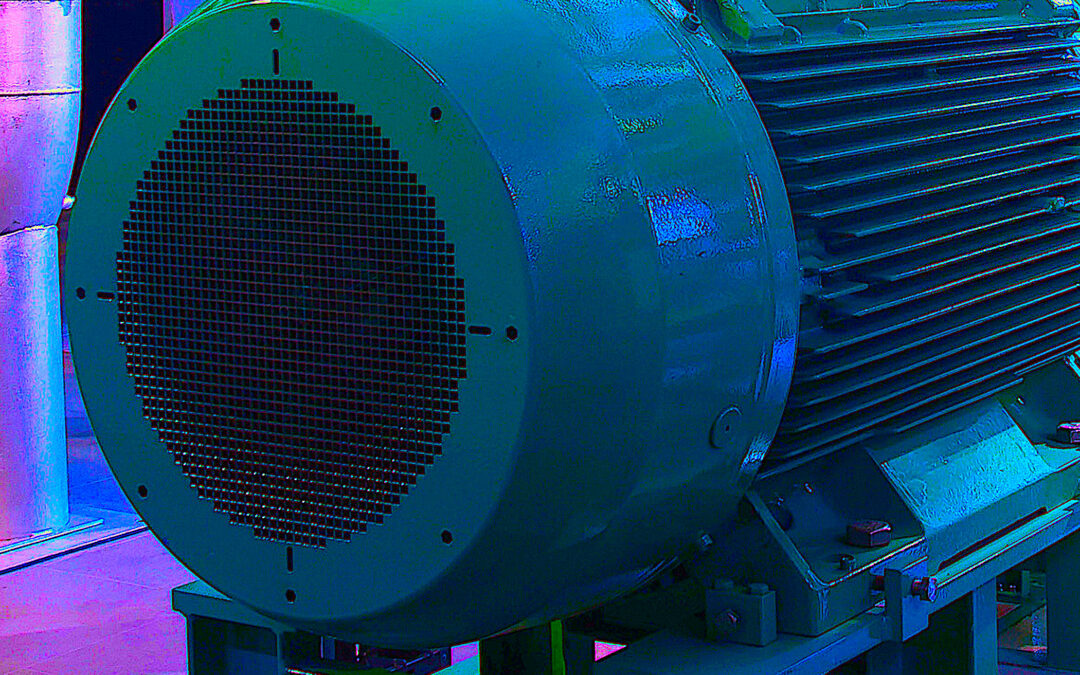
by Howard Penrose, Ph.D., CMRP | Nov 13, 2020 | Electrical Reliability, Motors & Drives
In Part I of this series (Nov. 9, 2020, see link at end of this article), we identified the impact of the severity of air-gap changes on the Electrical Signature Analysis (ESA) test results. In the following case study, we will review a pump application on a...
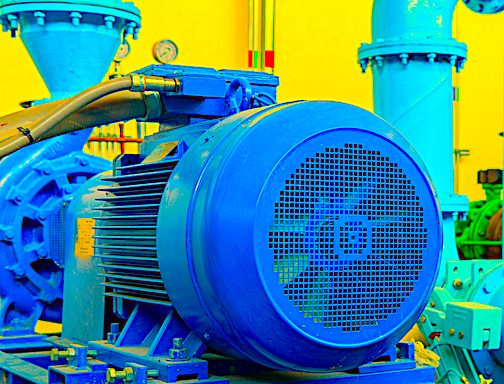
by Howard Penrose, Ph.D., CMRP | Nov 8, 2020 | Electrical Reliability, Motors & Drives
Rotor defects are the most strenuously investigated areas related to Current and Electrical Signature Analysis (ESA). Air-gap eccentricities are the second. What’s interesting is that the rotor-defect issues are one of the least-expected causes of failure for a...
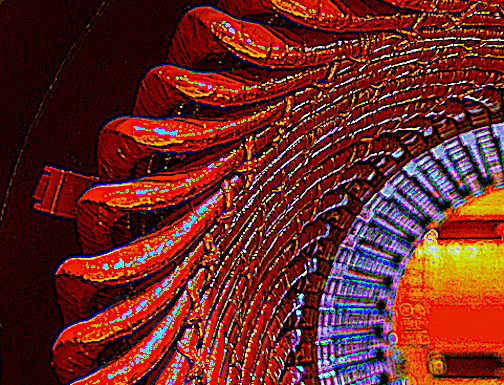
by Howard Penrose, Ph.D., CMRP | Oct 31, 2020 | Electrical Reliability, Motors & Drives
In parts I through IV of this series (see links below), we discussed the theories behind stator-slot signature in relation to Electrical Signature Analysis (ESA) and Current Signature Analysis (CSA). This week, we discuss a real-world example based on Fig. 1, and...

by Howard Penrose, Ph.D., CMRP | Oct 24, 2020 | Electrical Reliability, Motors & Drives
As discussed in Parts I, II, and III about our ongoing literature searches and analyses of failure models associated with stator-winding defects, we have developed two theories surrounding the detection of faults in the stator. In one theory, the defect would be...













